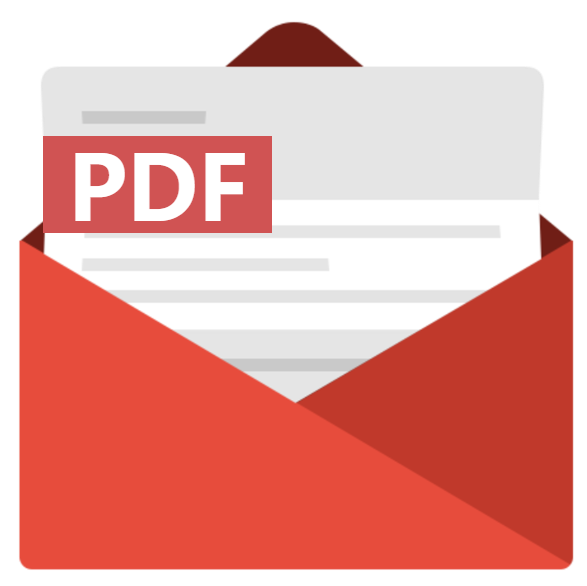Home > Packaging > Packaging Materials > Glass Packaging > Glass Packaging Market
Glass Packaging Market Analysis
- Report ID: GMI1988
- Published Date: Nov 2022
- Report Format: PDF
Glass Packaging Market Analysis
On the basis of product, glass packaging market is classified into borosilicate, soda lime glass, and de-alkalized soda lime glass. Borosilicate segment is poised to surpass USD 22 billion by 2032, fueled by the material’s high resistance to chemical composition and extreme durability, borosilicate possesses ten times the strength of soda-lime glass. Borosilicate glass can also handle varying temperatures, making it ideal for packaging uses, especially for storing products at low temperatures in the pharmaceutical industry. This characteristic also allows it substantial traction in the food and cosmetics sectors.

Based on application, alcoholic beverages (excluding beer) segment is anticipated to register over 4.5% CAGR over 2023-2032. Segment growth is slated to be fueled by the steadily growing consumption of alcohol across the globe. Glass is a highly preferred packaging material for alcohol, especially with the growing availability of different bottle sizes and shapes in the retail market. Another major factor proliferating demand is innovation in design as well as chemical composition, which has led to the reduced weight of glass bottles.

Europe glass packaging market valuation is poised to exceed USD 27 billion by 2032. Europe is one of the largest manufacturing regions for the industry, housing some of the largest producers and users of food and beverage packaging. According to a survey commissioned by the European Container Glass Federation (FEVE), nearly 8 out of 10 consumers in the region believe glass to be a fit material for the future, given its recyclability and health benefits. This, along with Europe’s solid glass recycling rates points to a favorable growth environment for the market.

